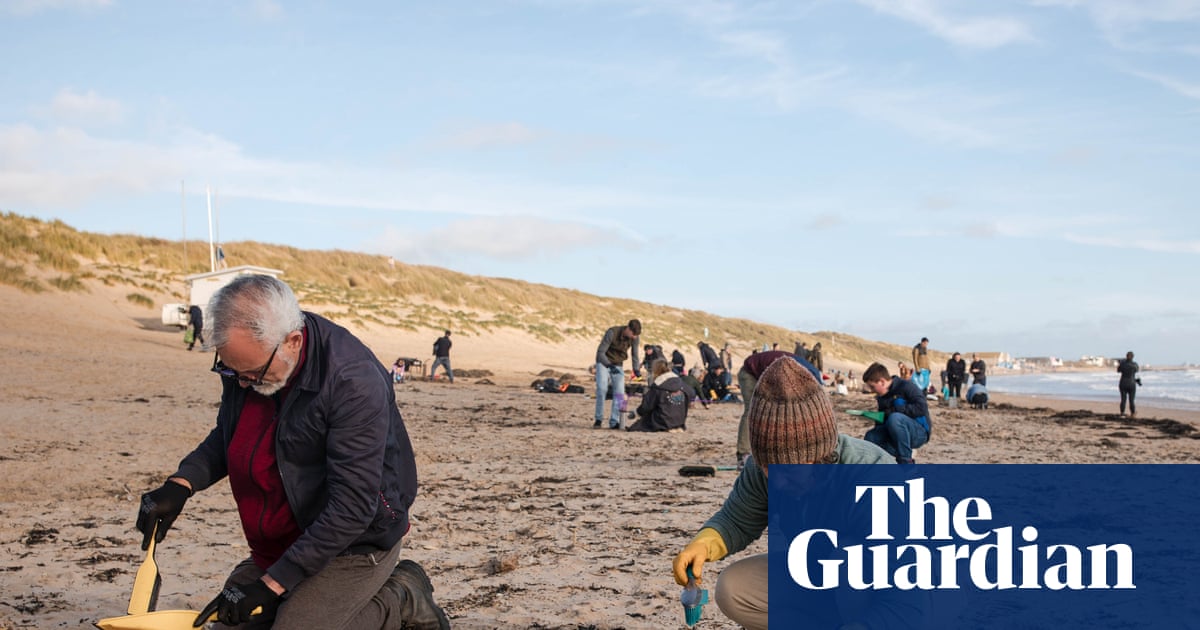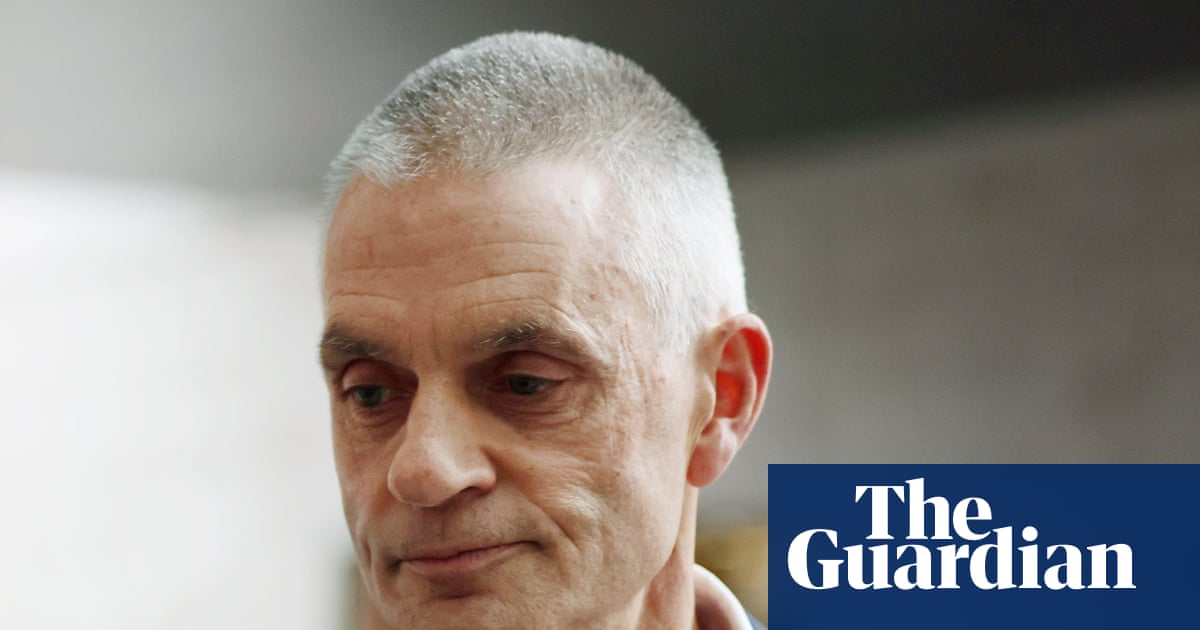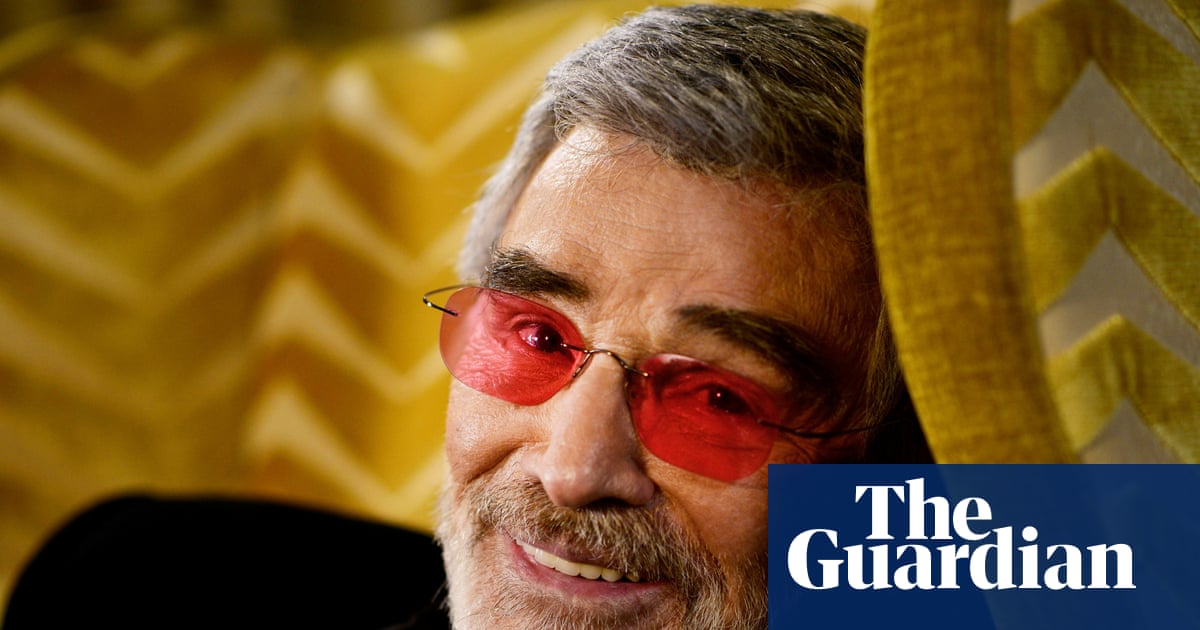Ukraine has recorded a threefold increase in the number of attacks on its railway system since July, according to a senior minister, as Moscow seeks to scupper one of Kyiv’s key logistical systems.
Oleksii Kuleba, a deputy prime minister with responsibility for infrastructure, said attacks on the network since the start of 2025 had caused damage totalling $1bn (£760m).
“If you compare just the last three months, attacks have increased three times over,” Kuleba said. “Since the beginning of the year there have been 800 attacks on railway infrastructure, and more than 3,000 railway objects have been damaged. What we have seen in these escalating attacks is that they are going after trains, especially trying to kill the drivers.”
In a country as large as Ukraine, the railways are critical. The rail network carries more than 63% of the country’s freight – including grain shipments – and 37% of passenger traffic, according to the state statistics service. Military assistance from foreign countries often arrives by train.
No civilian airports have been in operation since Russia’s full-scale invasion, so most people travel in and out of the country – including visiting world leaders – by train.
“It’s not just about the quantity [of attacks], it’s also the approach of the enemy forces,” said Oleksandr Pertsovskyi, the head of the Ukrainian state railway, Ukrzaliznytsia. “Now, as they have very precise Shahed drones, they are targeting individual locomotives.”
Efforts to better protect the network have come into force, including equipping trains with electronic systems to counter drone strikes and raising dedicated air defence teams from among railway staff.
Earlier this year, the main building at the station in Lozova, in the Kharkiv region, was badly damaged in a drone strike. Other attacks have damaged the rails. Despite the assaults, passengers still queue for tickets and board trains for destinations across the country.
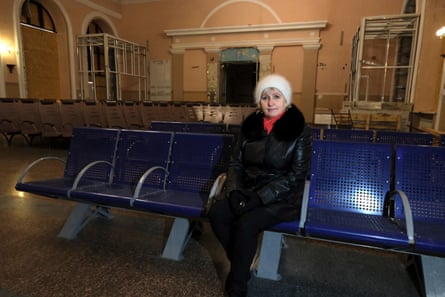
“It was night and everyone was sleeping,” said Tetyana Tkachenko, the station head, of a recent attack. “I woke up from the huge explosion because I live very close to the station. It happened at 2.44am. There were five trains on the station. The first one, a small suburban train, was due to depart two hours later.
“It was clear they were targeting the station. They wanted to do it. And they did it.”
Tkachenko gave a tour of the station, pointing out a damaged platform and the main waiting room, which are now out of action. The facade of the main building is scorched and collapsed in places. A pile of twisted metal sits on the disused platform.
Tkachenko explained why the station was targeted. “Lozova is on a major junction,” she said. “You can go in four directions, to Dnipro, to Sloviansk, Poltava and Kharkiv.”
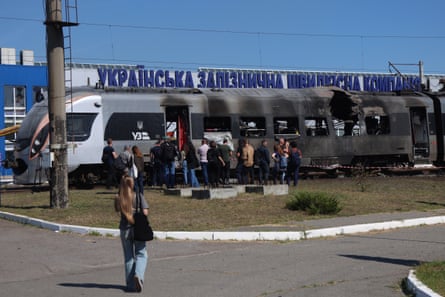
The lines are used for passenger traffic, freight, and military support, including the evacuation of wounded soldiers from fighting on the eastern front.
after newsletter promotion
“The threat these days is really big,” said Tkachenko. “The Russians are striking directly where people are gathering and they want to damage rails and locomotives. They want to destroy the high-voltage lines.”
Oleksandr Podvarchansky, who is in charge of the track in the Lozova area, described what happened when air raid sirens sounded. “The main task is to protect people’s lives,” he said. “Every single air alarm, we have to stop and use a bomb shelter. If there is a train on the tracks we move it to the nearest station so people can evacuate.”
Kuleba said Russia had three objectives: destroying Ukraine’s logistics in the south to prevent the movement of goods to seaports; disrupting rail traffic close to the frontlines in regions such as Chernihiv and Sumy; and “destroying everything” in the Donbas, Ukraine’s industrial eastern heartland comprising Donetsk and Luhansk regions.
The network has also been targeted by bomb threat hoaxes, including against a recent international service. Few officials doubt that Russia is responsible.
While tracks can be repaired quickly – often within a day according to Podvarchansky – damage to rolling stock is a more worrying issue.
In a recent interview with Associated Press, Serhii Beskrestnov, a Ukrainian military and drone expert, said trains were particularly vulnerable to drones because they were relatively slow and followed predictable routes.
As the range of Russian drones increases, and the technology becomes ever more sophisticated, more of the railways are coming within range. “If the Russians keep hitting diesel and electric locomotives, the time will come very soon when the track will still be intact but we’ll have nothing left to run on it,” said Beskrestnov.

 2 hours ago
6
2 hours ago
6





